As soon as we arrive at Praia da Luz, in Lagos, to spread our towel on the sand, take a dip in the sea or simply stroll around, the beauty of its cliffs invades our eyes. Even for those who have been going there for a long time, the question arises: “Why do the rocks on this beach have such different colors?”
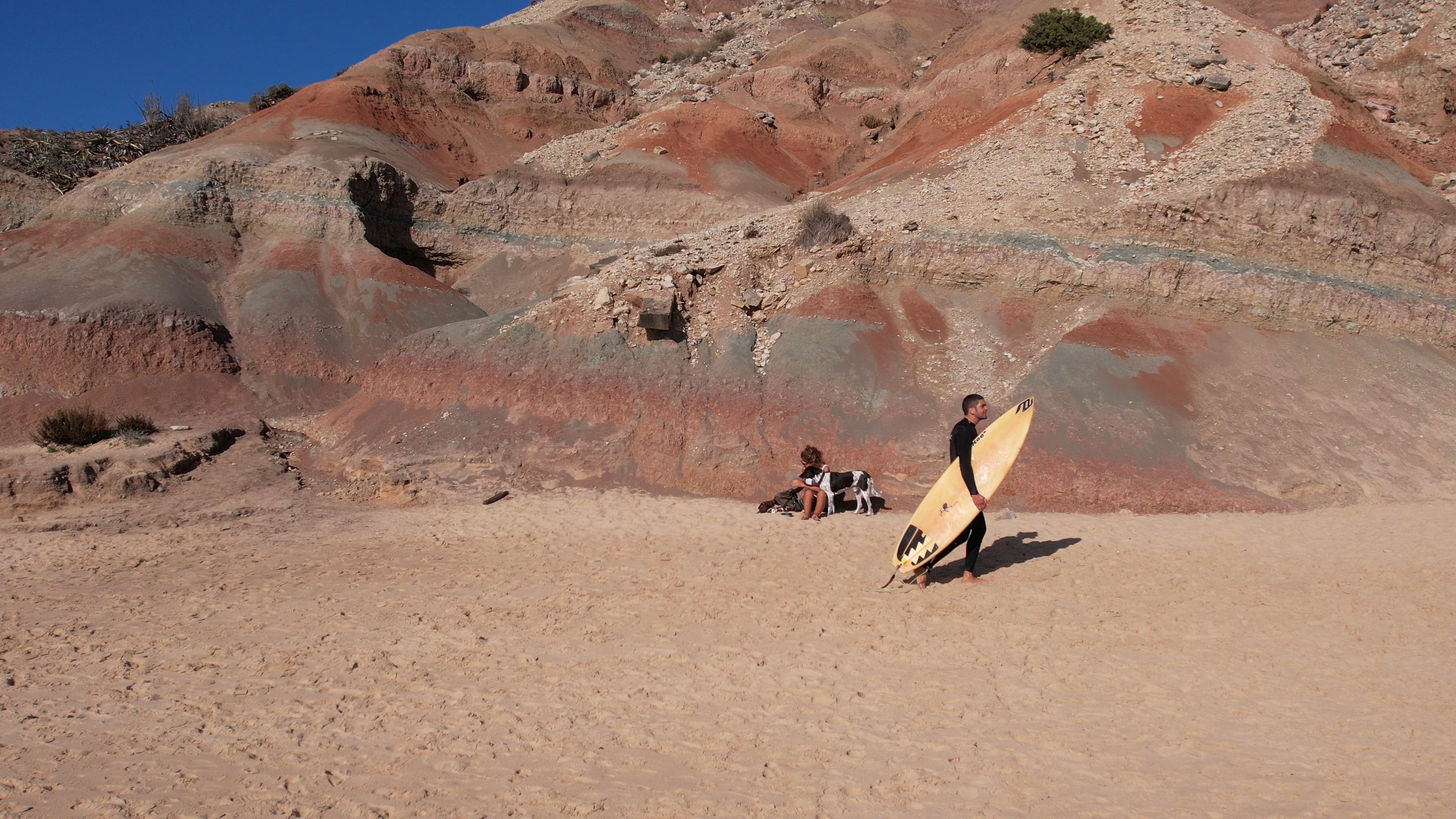
A simple question has a slightly complex answer, just like the geology of this beach. Here, the three main types of rocks can be observed: sedimentary, magmatic and metamorphic.
We have to go back to the Cretaceous period (between 145 and 66 million years ago) to understand the colors of the cliffs and the Geology of Praia da Luz. It is a journey from the Aptian to the Campanian, geological periods in which these rocks were formed.
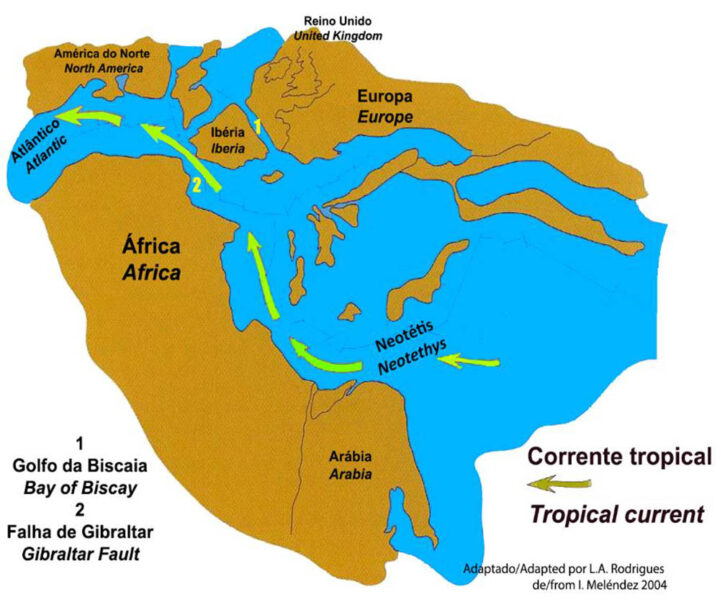
In those times, planet Earth was very different from today. Dinosaurs and other groups of now extinct animals dominated on land and, at sea, marine reptiles were the biggest predators, with the first mammals still trying to survive in this environment.
The continents were a little closer, continuing to move to their current positions. The Iberian Peninsula was an island adrift in the middle of an ocean that was expanding, an ocean that gave rise to the current Atlantic Ocean. Yes, because the oceans are also born, grow and die.
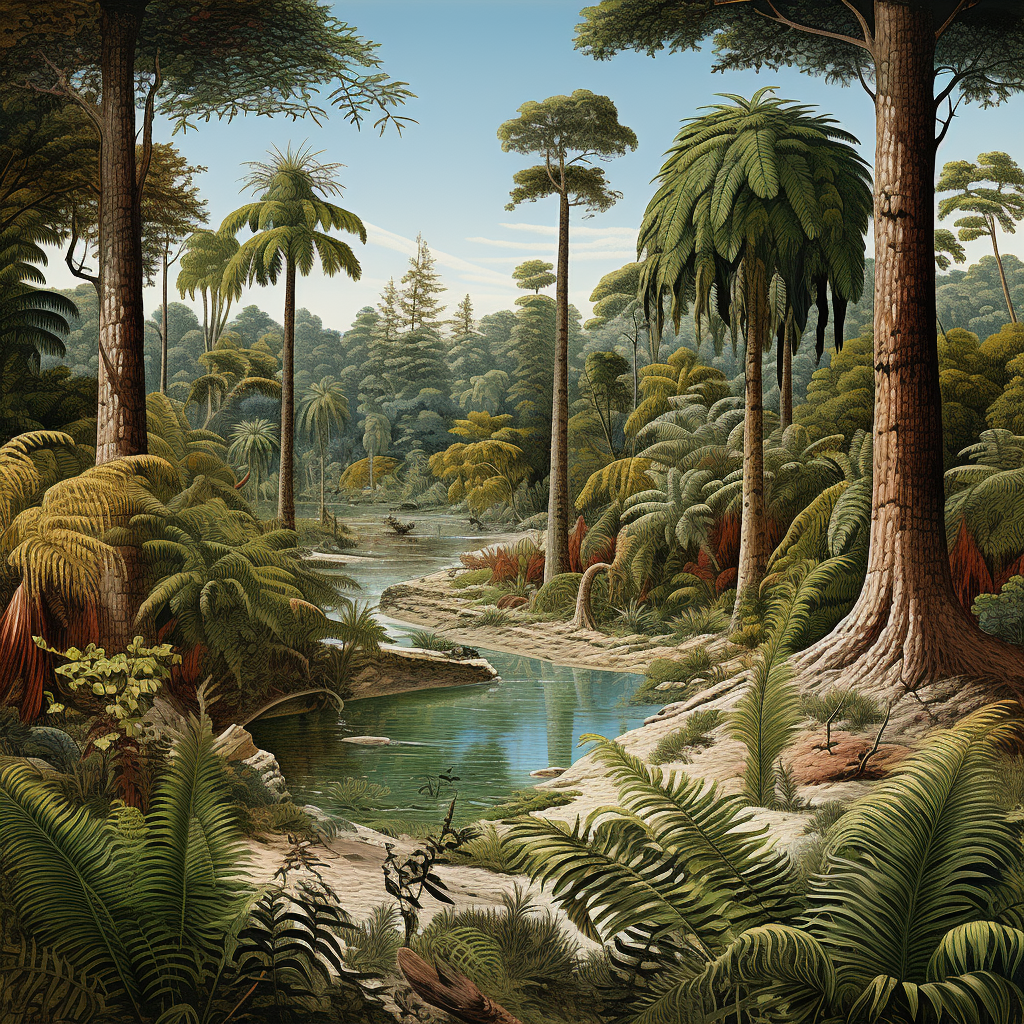
The warmer climate has led to an absence of polar caps, inviting people to dive into tropical waters that could reach around 27ºC.
It was under these conditions that around 120 million years ago the rocks that we see today on the cliffs east of Praia da Luz began to form.
At the base of the cliff, horizontal stripes of reddish, greyish, greenish and violet colors give these layers a diverse palette. But what are these multicolored horizontal stripes due to?
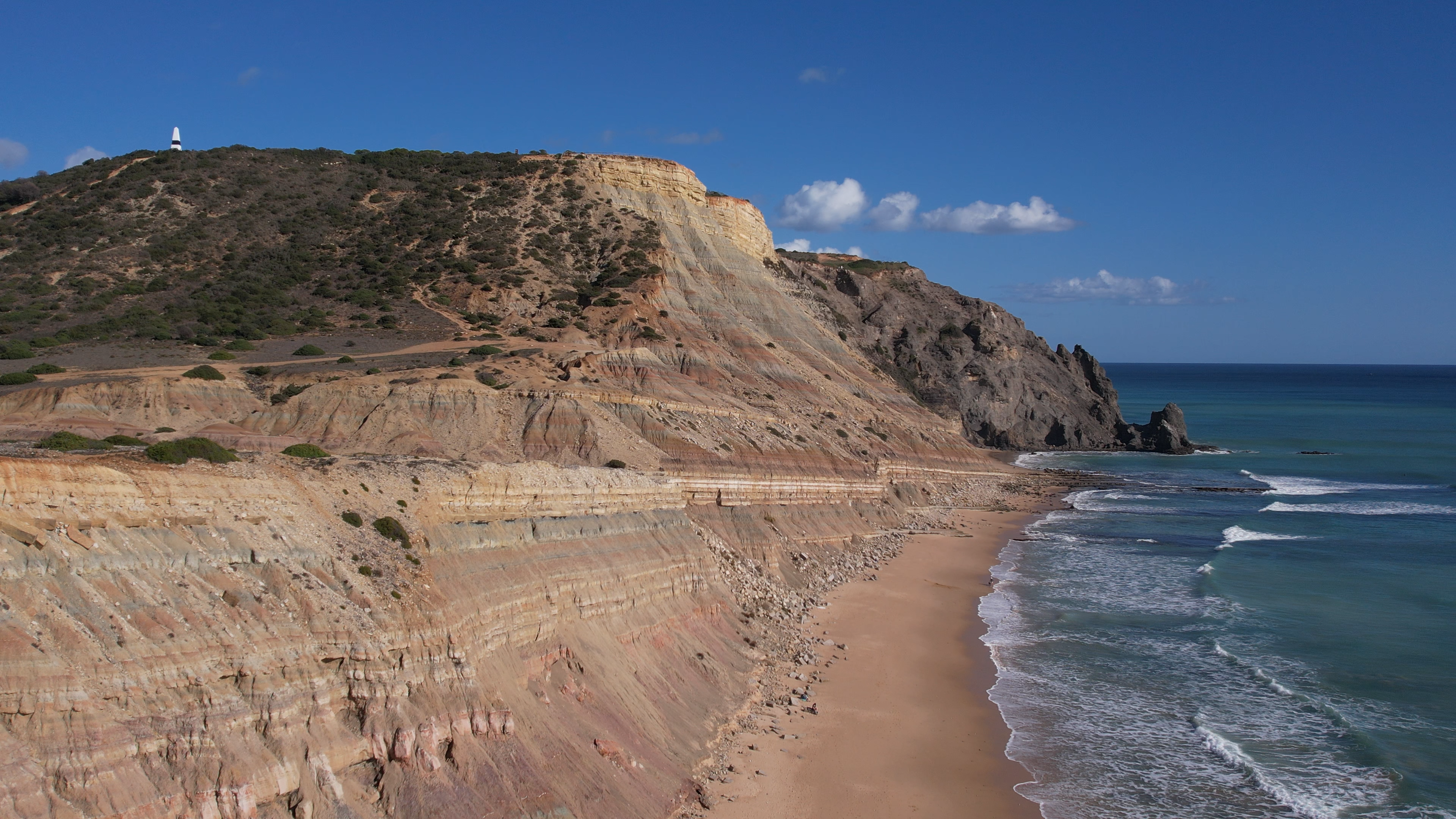
These sedimentary rocks are mudstones and marls, their varying colors depending on the different minerals that make them up. The clay minerals that make up both claystones and marls have different amounts of iron, aluminum and magnesium, in different oxidation states, these differences being the factors that contribute to the different colored patterns of the layers.
Fragments of charophyte algae and small crustaceans present in these layers, as well as the chemical composition of these rocks, are indicators of a continental environment close to freshwater lagoons.
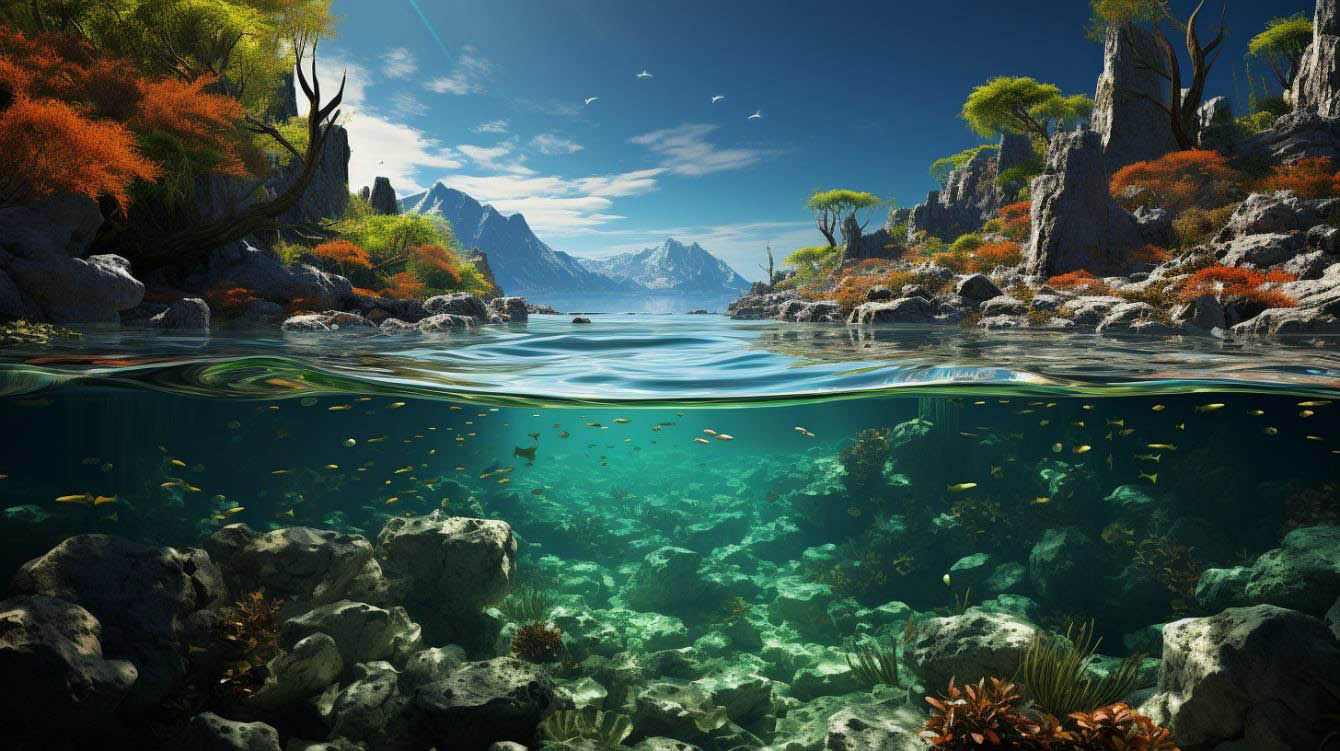
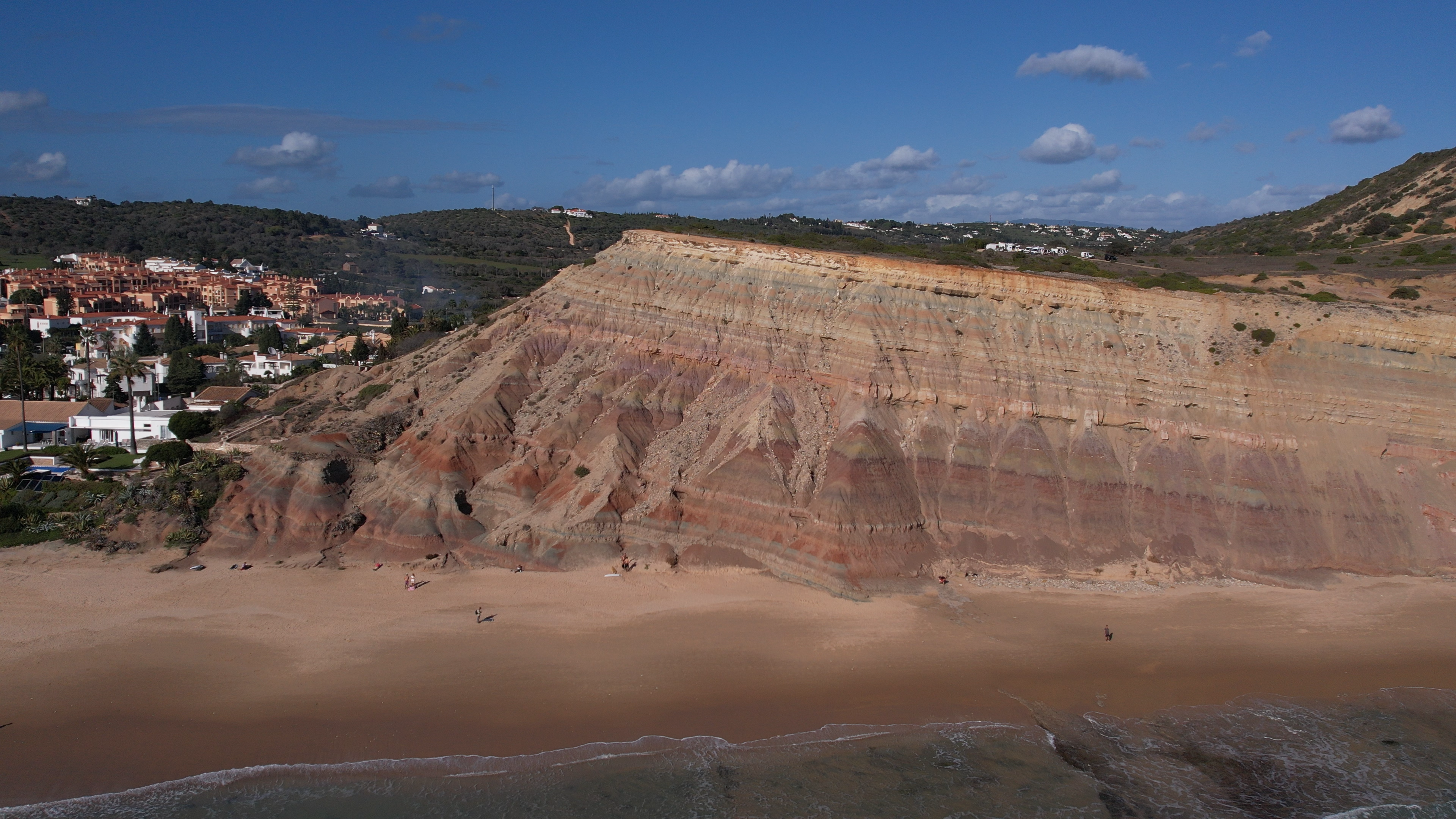
Gradually, in geological terms, the water level rose, bringing Praia da Luz closer to the sea. The rocks that were being formed at this time had a more monotonous, grayish tone and, if we look in detail, we observe an immense variety of grains, composition, size and color.
But where have we seen something similar before? Right under our feet, when we step on the actual beach sand.
The formation of these sedimentary rocks, millions of years ago, took place in a coastal environment very similar to that of the present. Near a beach, these layers of sandstone were deposited where, in addition to the various grains of sand, it is common to find fragments of plants. However, due to the temperature conditions and lack of oxygen, many of them were transformed into coal.
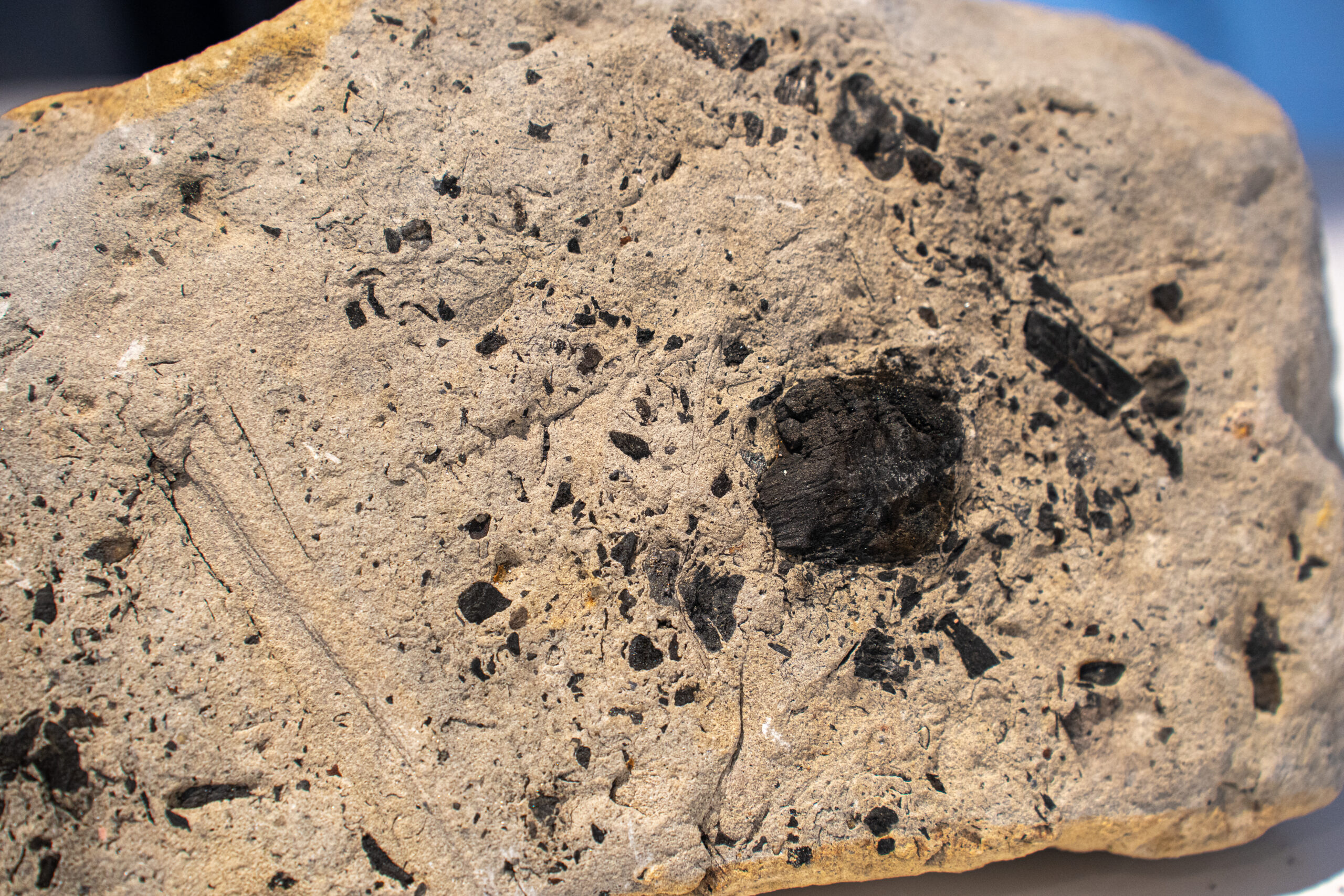
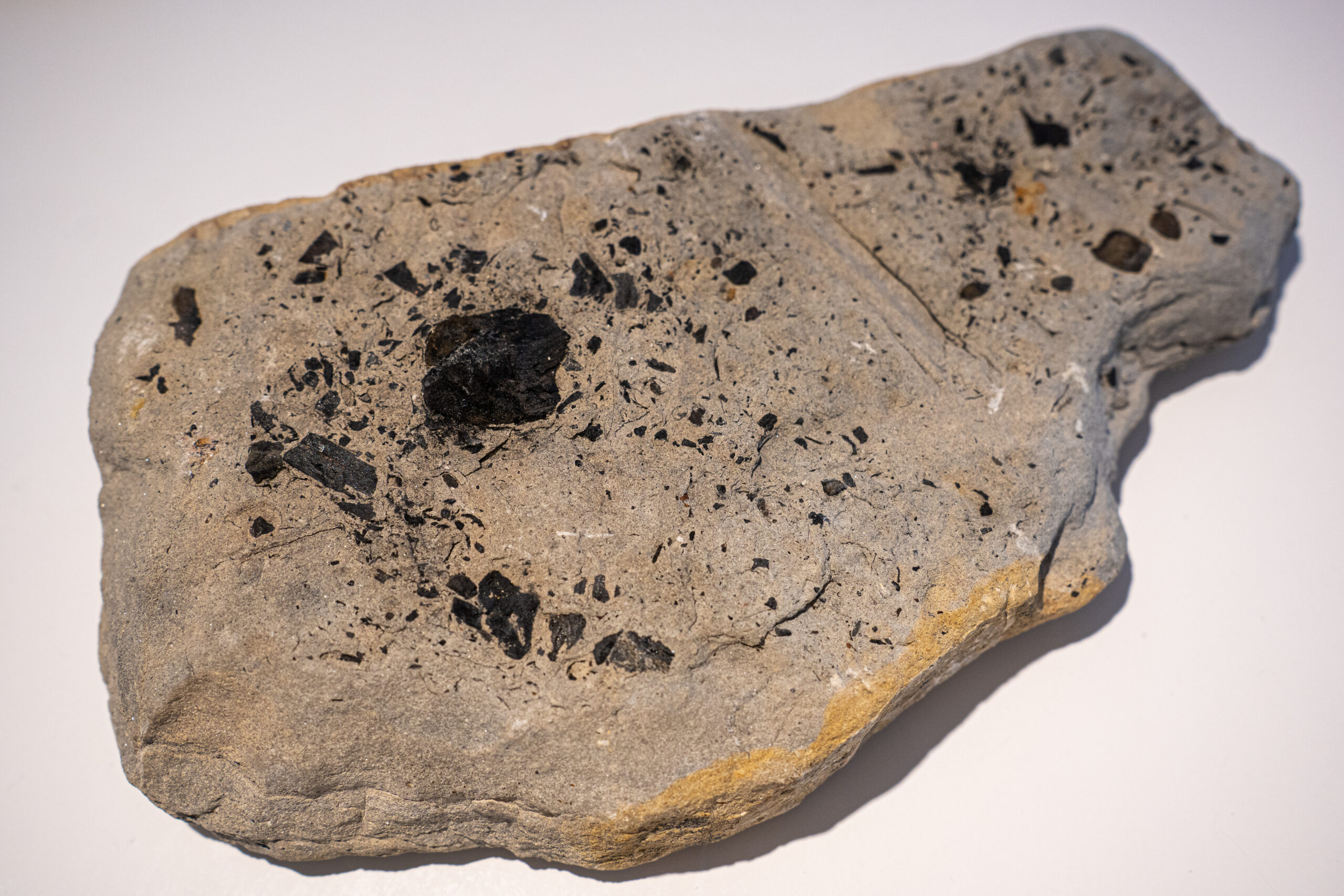
The sea level continued to rise and the rocks that were now being formed were already submerged, already in the marine environment, although still close to the coast. It is not surprising that, in these layers, many fossils are found, some of large dimensions, such as gastropods and ostreids.
It is precisely the dissolution and precipitation of calcium carbonate found in the shells of these marine animals that give rise to these sedimentary rocks, limestones.
Whitish to yellowish in color, these rocks accumulate at the top of the cliff and contrast with rocks such as sandstones and mudstones, indicating the transition from a continental environment to a marine environment.
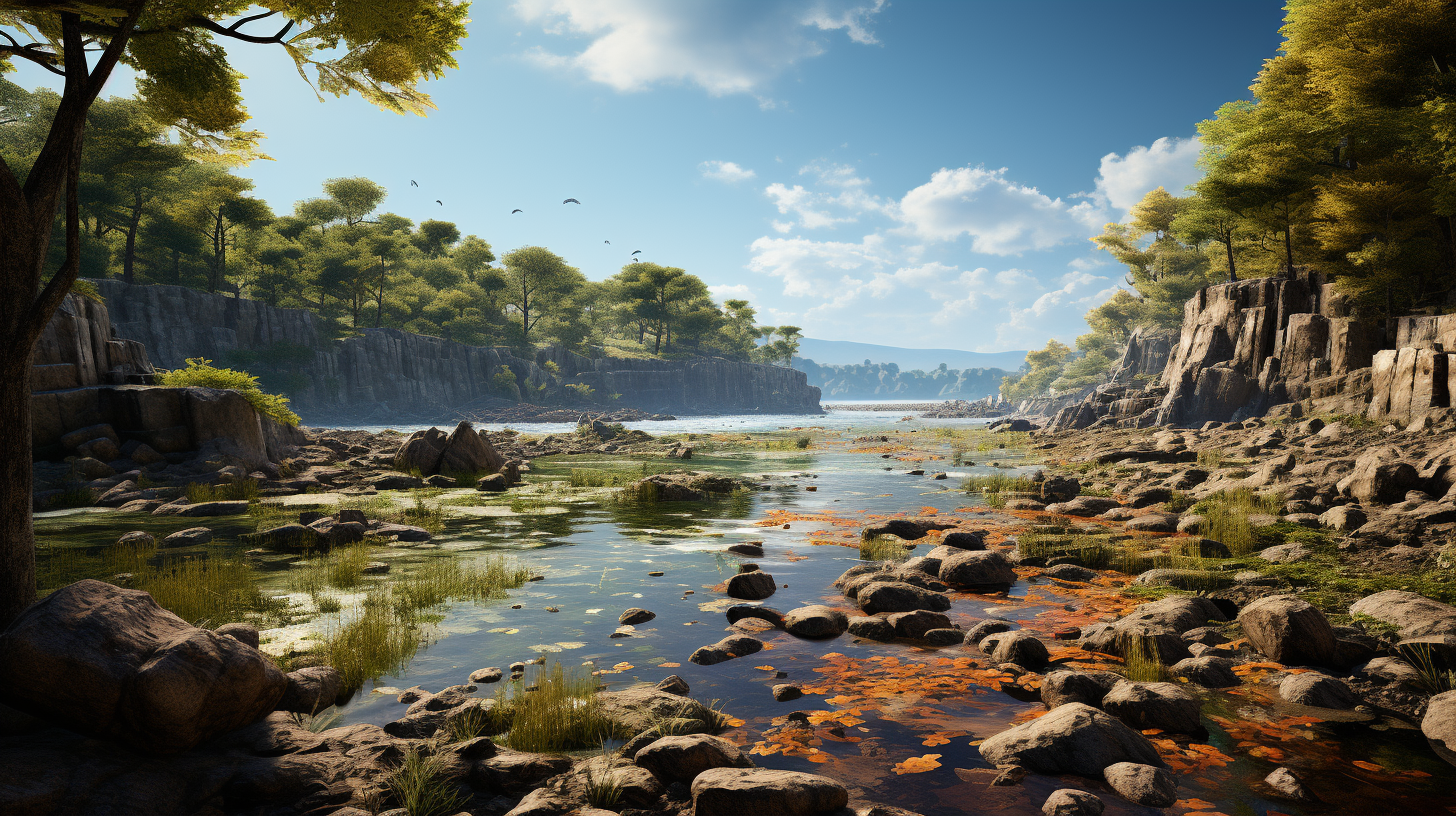
At the eastern end of Praia da Luz, we left an area of light rocks and now observe an essentially dark-colored rock, with a massive structure, which forms a natural barrier that prevents passage to Porto de Mós beach.
To tell the story of this dark rock, we have to go forward about 40 million years, to the end of the Cretaceous period. During the Campanian, around 72 Ma ago, there was intense magmatic activity at a planetary level, which in Portugal originated from the Monchique Massif (magmatic pluton), Sines and Sintra (volcanic).
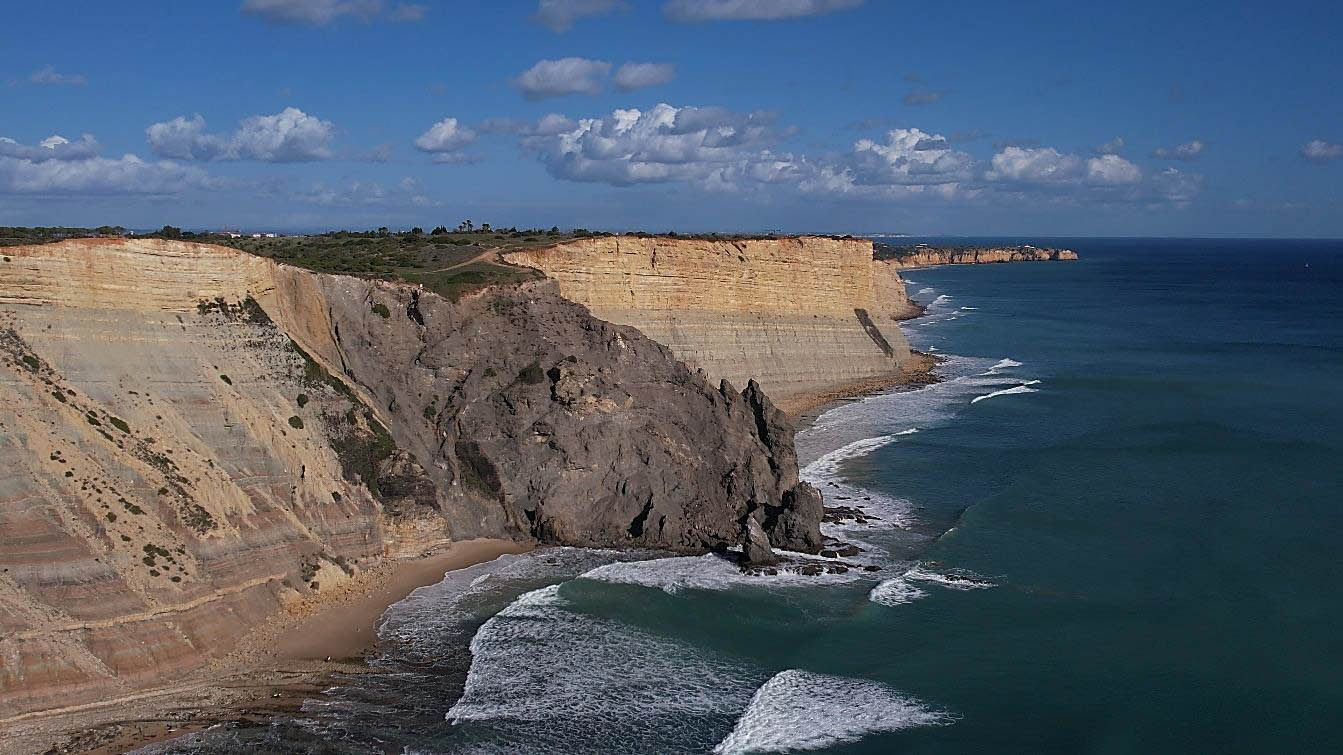
Due to this intense activity, a volcanic chimney carrying magma at high temperatures crossed and cut the various sedimentary rocks that already existed here, changing their composition and color, in a process called metamorphism.
At the surface, the magma cooled quickly, creating volcanic rock. This rock motivated the local inhabitants to give it the name Rocha Negra or Ponta das Ferrarias.
In Rocha Negra, we find large minerals of dark, greenish colors and some geodes, which occasionally give a light color and a natural shine to this dark-colored pier.
We hope you enjoyed this trip through the Cretaceous world and that you now look at the color of rocks in a different way. They are the colors that sometimes tell us old stories.
Authors: Renato Godinho and Luís Azevedo Rodrigues (Centro Ciência Viva de Lagos)
This article was developed within the framework of the project PaNReD – Digital Heritage transformed into Digital Teaching Resources, funded by the CRESC Algarve 2020 Program, through Portugal 2020 and the European Social Fund (ESF).

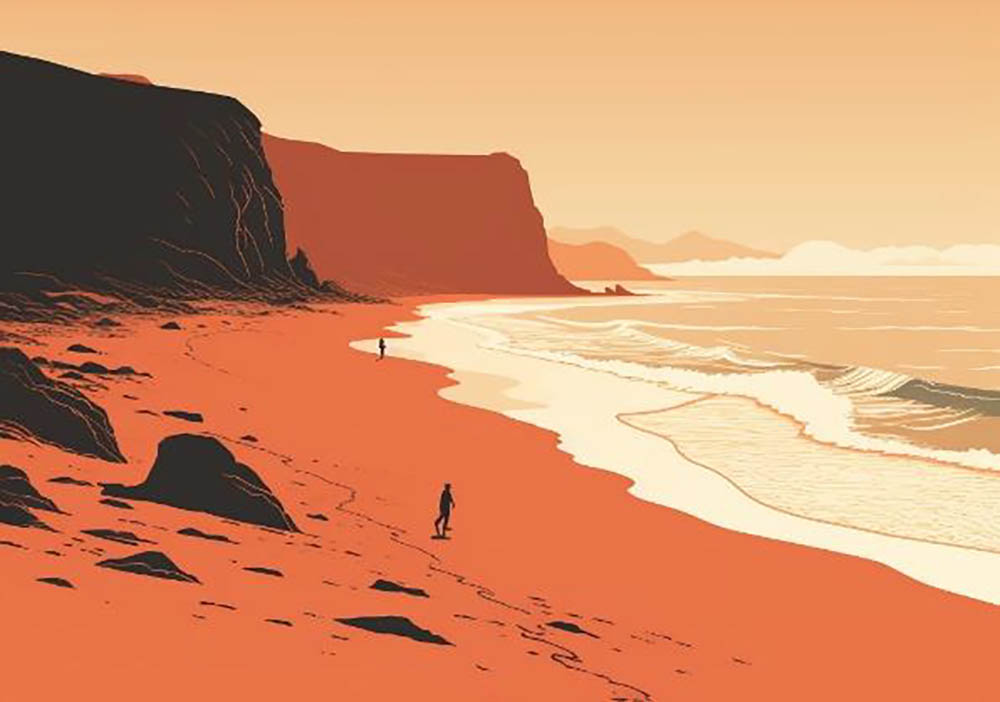


















Comments